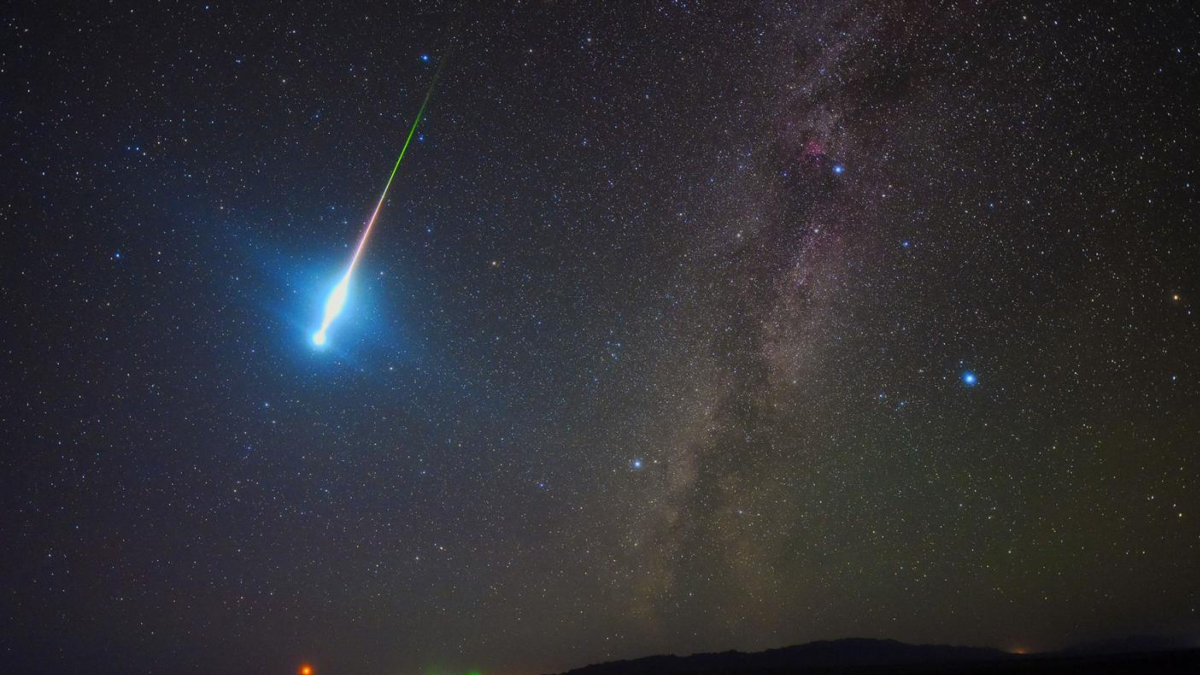Next week, the night skies over the UAE will be illuminated by up to 100 shooting stars per hour as the Perseids meteor shower reaches its peak. On August 12, residents can witness this cosmic event without any special equipment by simply finding a spot away from city lights, lying flat on their backs, and looking up.
For those seeking a guided experience, two paid events are available: one on the UAE’s highest peak, Jebel Jais, and the other deep inside Sharjah’s Mleiha desert.
The Dubai Astronomy Group (DAG) is hosting a special viewing event on Jebel Jais. The Perseids “usually put on a good show, and this year may produce up to 100 meteors per hour at a dark site,” the DAG stated. Known for their bright shooting stars, the Perseids often produce ‘fireballs,’ which are “larger explosions of light and color” that last longer than average meteor streaks.
The Perseids meteor shower occurs annually as the Earth passes through the debris left by the comet Swift-Tuttle. “This debris burns up in the Earth’s atmosphere, creating bright streaks of light in the night sky. The meteors appear to originate from the constellation Perseus, hence the name Perseids,” the DAG explained.
Considered one of the “most reliable” meteor showers, the Perseids consistently offer stunning displays year after year. Although the meteor shower is active from mid-July to late August, it peaks on the night of August 12 and the morning of August 13.
Many UAE residents venture into the desert or scale mountains to view such celestial spectacles. The DAG said in a Khaleej Times report that weather in the desert will be hot and humid, so attendees should dress accordingly. Jebel Jais, at a higher altitude, offers more pleasant weather conditions.
The Mleiha Archaeological Centre in Sharjah also highlights the Perseids meteor shower for its “dazzling display of shooting stars.” It has set up a special campsite in the Mleiha desert for a guided viewing event from 7 pm to 1 am.






